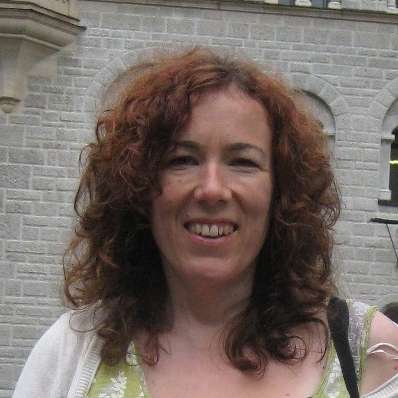The day after Valentine’s Day, and Hall One at The Sage Gateshead was filled with love – the love between an orchestra and their conductor, and the love that all the musicians on the stage felt for the composers they were playing, in this their third concert of a Brahms and Schumann double symphony cycle with conductor Thomas Zehetmair.
In the opening of Brahms’s Third Symphony, the orchestra went for a much bigger, richer sound than I had been expecting, achieving something of the full symphony orchestra sound, whilst maintaining the clarity that comes from Northern Sinfonia’s smaller forces. In their previous Brahms performances, the balance has been more towards clarity, but tonight it felt as if the orchestra had found some previously hidden reserves of power.
Brahms suffered throughout his life from comparisons to Beethoven – his first being famously proclaimed as “Beethoven’s Tenth” by conductor Hans von Bülow. His second has also been called his “Pastoral”, and Hans Richter, conducting the first performance of the third, described it as Brahms’ “Eroica”, but listening to it this evening, it felt more than anything like the work of a composer who has found his own voice, and is comfortable with it. It was written at a happy time in Brahms’ life and he plays on the old romantic motto of Brahms’ friend Joseph Joachim “Frei aber Einsam” (“Free but lonely”, represented musically as F-A-E), turning it into “Frei aber Froh” (F-A-F – “Free but happy”).
The expansive string playing throughout the symphony was bolstered by some gorgeously mellow horn playing, and Brahms’ characteristic trombones at the end of the second movement were suitably majestic. The third movement began with some surprising phrasing from Thomas Zehetmair, rising and pulling back, instead of just rolling onwards; there were some delicious pauses in the fourth; and he was able to pull the tempi around throughout the symphony subtly, and to good effect.
Although there were occasional wrong notes, from surprising quarters, and a little bit of wobbly intonation, this was more than compensated for by the sheer passion that went into the performance, particularly in the outer movements. Thomas Zehetmair seemed to be asking the orchestra to give more and more to the performance, and each time, they responded.
After the passion they had shown for Brahms, and the hugely enthusiastic response from the audience, I wondered how the orchestra were going to follow this in the second half. Schumann’s Third Symphony, the “Rhenish”, was not as heavy on emotional intensity as the Brahms, but this was a compellingly cheerful performance that lifted the spirits and brought smiles from audience and performers.
Although the “Rhenish” is labelled as his third symphony, it was actually the last one Schumann wrote: the fourth is a revision of an earlier work. The Schumanns had just moved to Düsseldorf and the beauty of the Rhine valley inspired Schumann to depict his new surroundings in a symphony. The opening was clear and optimistic, with a big brass melody ringing through the texture. The folky second movement had an unpretentious simplicity to it: the horns were particularly playful here. The easy lilt of the third with its graceful wind melodies and a rocking cello and bass parts evoked the spirit of Mozart, and had a comfortable feel of familiarity, even though it’s not a piece I know well.
Even the solemn fourth movement, inspired by a procession in the Gothic magnificence of Cologne Cathedral, had a sense of joyful devotion. This movement is a majestic, but happy, homage to Bach, the broken chords and big opening brass chords were straight out of the Baroque, and it seemed as if a familiar chorale melody was never far away.
After the solemnity of the fourth movement, the fifth was a sudden breezy release, like stepping out of a quiet, dim cathedral into bright sunshine, and the symphony built to an energetic finale. Schumann’s lyrical symphony doesn’t pack the same emotional punch as Brahms’, but it was, in the end, a better way to finish a concert. Northern Sinfonia and Thomas Zehetmair are going from strength to strength as they work their way through these two sets of symphonies. The chemistry between conductor and orchestra is remarkable, and the large audiences at The Sage Gateshead are clearly delighted to be a part of this journey.


